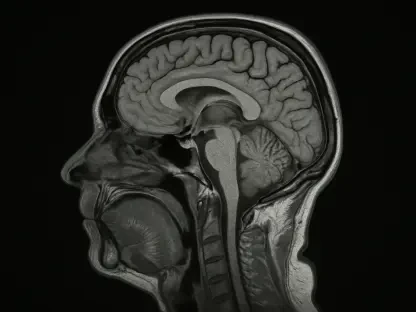Across boardrooms, journals, and committee rooms, a quiet realignment has been reshaping how the country thinks about obesity, diet quality, and diagnostic imaging as interlocking levers of population health rather than siloed issues with fragmented fixes. The latest signals came from three fronts: a benefit design push that puts employers at the center of access to GLP‑1 therapies, a scientific call to curb ultra‑processed foods with crisp, actionable guidance, and a congressional huddle with nuclear medicine leaders to shore up isotope supply. Each points to the same thesis—coverage, availability, and comprehension must move together—yet the mechanisms differ, and the pace of adoption hinges on whether stakeholders treat prevention and treatment as a single continuum. The open question is whether policy can harmonize incentives so that evidence, affordability, and logistics line up before demand outstrips capacity.
Coverage, Diet, and Detection
Employers As Gatekeepers For Obesity Care
Eli Lilly’s employer‑focused model framed obesity as a chronic disease that warrants integrated support, not episodic prescriptions or one‑off wellness perks, and that framing may prove as pivotal as the reimbursement details. The three‑pillar design—flexible benefits that explicitly include obesity care, a dedicated pharmacy network to illuminate utilization and costs, and third‑party programs that pair lifestyle support with clinical care and medication—sought to temper sticker shock while preserving access for those who meet clinical criteria. That balance matters because GLP‑1 demand has surged, and blunt exclusions risk cost‑shifting to patients and pressure on primary care. By translating coverage into predictable pathways—eligibility, coaching, adherence tracking, and de‑escalation when appropriate—the model hints at a future where outcomes data, not hype, set the pace of adoption and defuse backlash over pharmacy spend.
Reframing Diet Quality In Policy
The Lancet’s editorial and three‑paper series on ultra‑processed foods distilled sprawling nutrition science into a narrative that policymakers and clinicians can actually apply: diet degradation is a systems problem, so the fixes must address food environments, marketing, labeling, and affordability simultaneously. The case against UPFs did not rest on scaremongering; it synthesized epidemiology, mechanisms, and equity concerns into plain‑spoken recommendations that elevate fresh and minimally processed foods without demonizing convenience. That approach matters because public trust erodes when guidance vacillates or leans on jargon. A visual summary, designed to be shareable beyond academia, made the evidence legible to non‑specialists, which could help close the gap between policy intent and shopping‑cart reality. If adopted, coordinated measures—procurement standards, incentives for retailers, school meals tuned to quality, and clear front‑of‑pack cues—could bend intake trends without blunting choice.
Imaging, Supply, and Clinical Value
Congress Tries To Stabilize The Isotope Backbone
Members of the GOP Doctors Caucus convened with radionuclide and radiopharmaceutical leaders to probe a familiar bottleneck: reliable domestic isotope production and the downstream implications for patient access, cost, and research timelines. Nuclear medicine’s value proposition—functional imaging that maps physiology at cellular and molecular levels—depends on a supply chain that tolerates neither delay nor contamination, and lawmakers signaled willingness to treat it as strategic infrastructure. Discussions reportedly spanned production capacity, regulatory clarity for novel tracers, and financing models that encourage redundancy without inflating prices. The message blended pragmatism and ambition: reinforce the U.S. isotope ecosystem, reduce avoidable cancellations and rationing, and clear pathways for emerging therapies that pair diagnostics with targeted treatment. If aligned, those steps would complement structural imaging, sharpen early detection, and anchor care algorithms that triage more intelligently.
Functional Imaging In A Prevention‑First Model
The throughline across these developments was not a single technology or policy lever but a method: reduce friction at the points where care falters—coverage for evidence‑based drugs, access to higher‑quality food, and dependable imaging inputs that catch disease earlier. Employers can embed weight management into benefits that couple behavioral support with judicious pharmacotherapy, health agencies can recalibrate environments to make better diets the default, and Congress can secure isotopes so functional imaging informs earlier, more targeted interventions. Taken together, such moves pointed to an integrated architecture in which prevention and treatment reinforce one another across time. The near‑term playbook emphasized data‑driven eligibility, transparent utilization management, clear nutrition standards, and resilient supply chains. Done in concert, these choices expanded access while managing costs, and they positioned stakeholders to translate evidence into outcomes rather than headlines.









